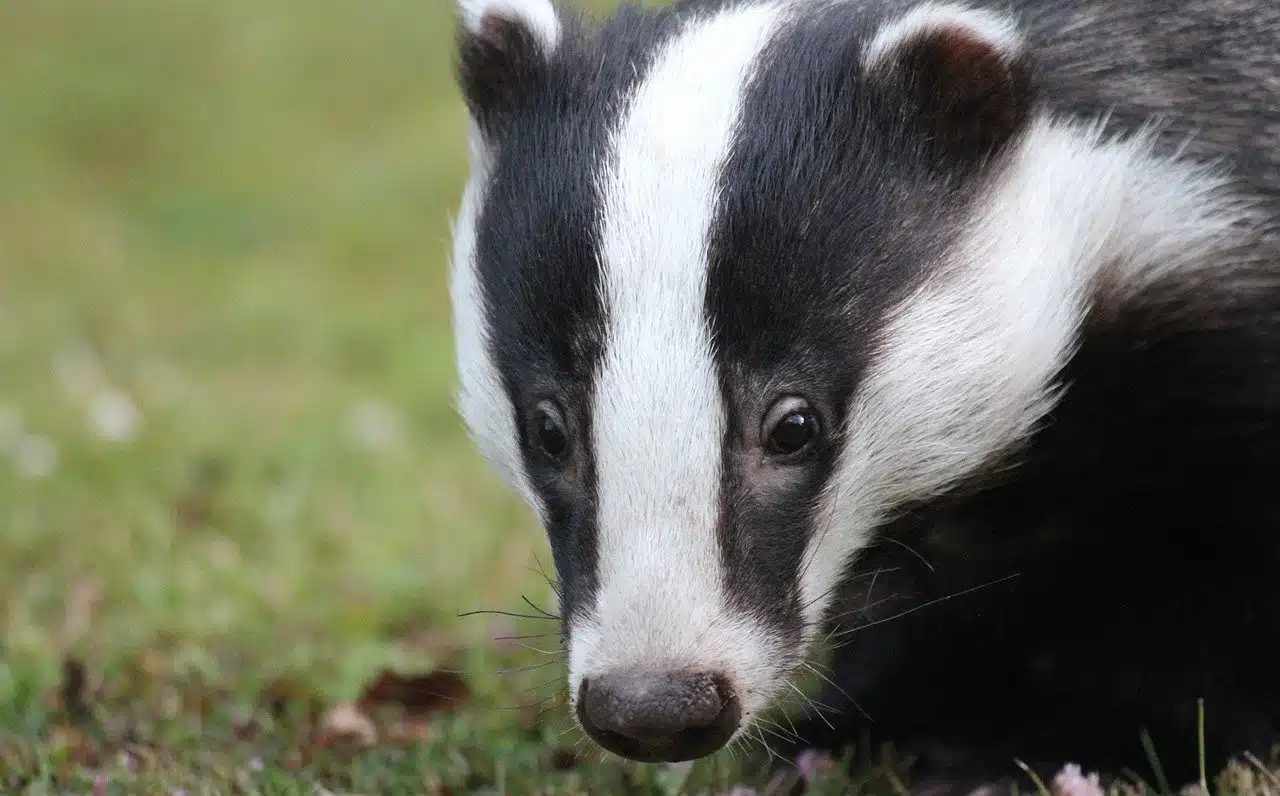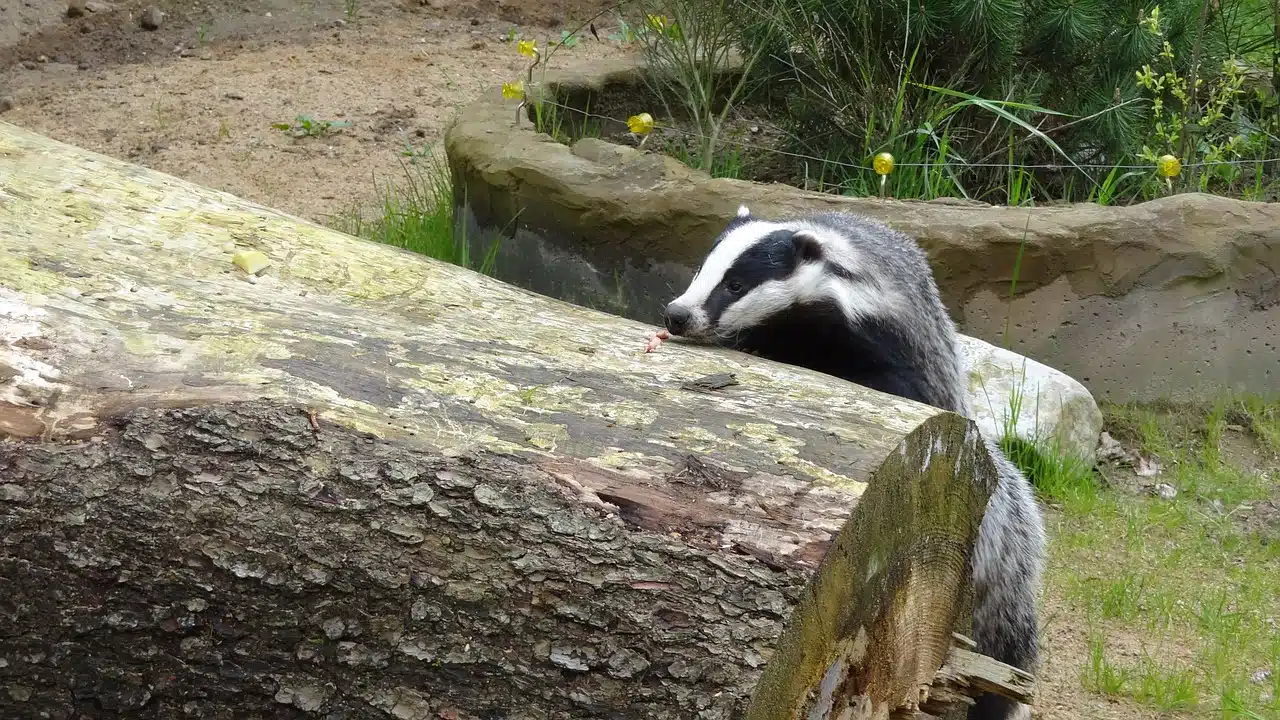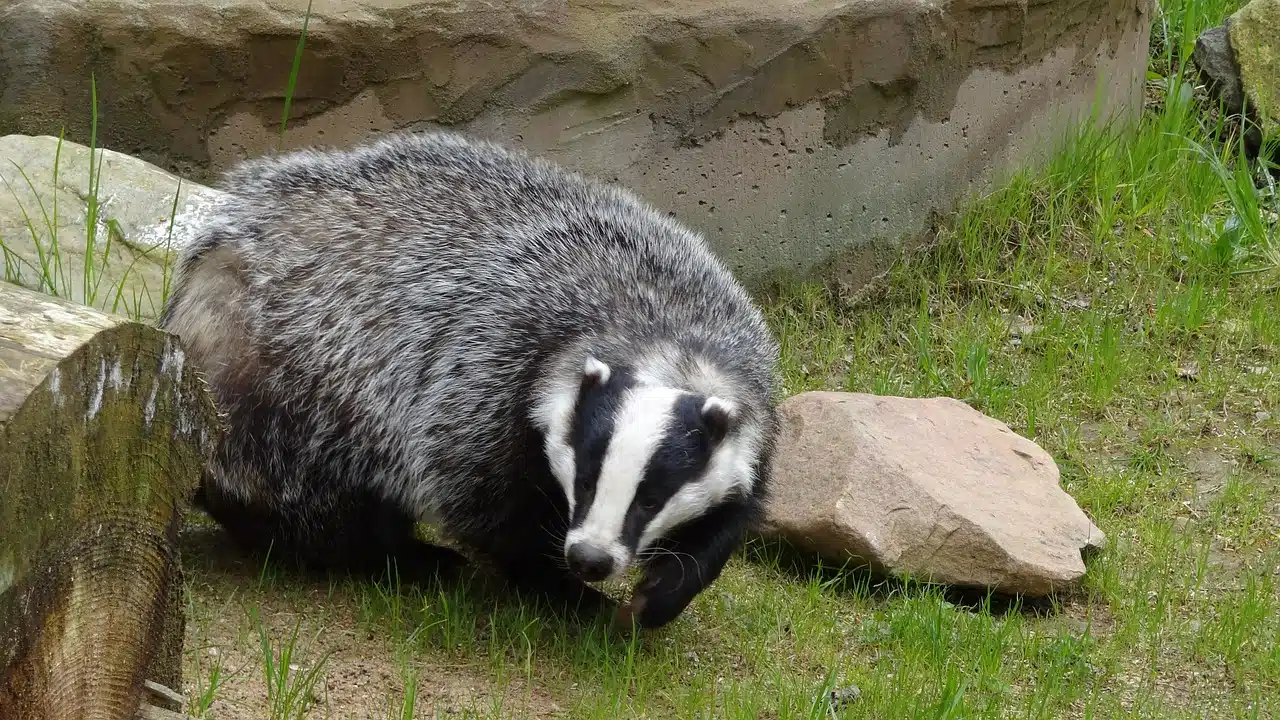The Secret Lives of Badgers: What Do Badgers Actually Do?
Badgers are mysterious and elusive creatures that inhabit various parts of the world, from North America to Europe and Asia.

Nocturnal Foraging
One of the most defining characteristics of badgers is their nocturnal behavior. They are primarily active during the night, which makes them elusive to human observers. Badgers are opportunistic omnivores, and their diet varies depending on their habitat and the availability of food. They primarily feed on small mammals like rodents, insects, earthworms, and plant matter such as fruits and roots. Their keen sense of smell and strong digging abilities make them proficient hunters, often digging into the burrows of rodents to catch their prey.
Social Behaviour
Badgers are generally social animals and live in family groups called clans. A typical clan consists of related individuals, including a dominant breeding pair and their offspring. The clan structure is hierarchical, with the dominant pair having priority access to resources and making decisions for the group. These family bonds are essential for the survival and upbringing of badger cubs, who rely on their parents and older siblings for protection and food.
 Digging and Burrow Building
Digging and Burrow Building
Badgers are renowned for their impressive digging skills. They have strong forelimbs armed with long, sharp claws, which they use to excavate burrows. These burrows, known as setts, serve as their homes and can be quite extensive, with multiple chambers and entrances. Badgers are known to be meticulous about maintaining their setts, which provide them with shelter and protection from predators and harsh weather conditions. In addition to being their homes, setts are also essential for raising their young.
Scent Marking
Scent marking is a crucial aspect of badger behavior. Badgers have scent glands located near their anus, and they use these glands to mark their territories and communicate with other badgers. Scent marking helps establish boundaries and minimize conflicts between neighboring clans. It also plays a role in mating rituals and helps badgers locate each other in the dark.
Hibernation

Predator-Prey Relationships
Badgers have their share of predators outside of the UK, including larger carnivores like wolves and cougars. However, their burrowing behavior and strong forelimbs provide them with a degree of protection against many potential threats. Additionally, their nocturnal habits and secretive nature help them avoid encounters with predators.
Badgers are remarkable creatures with unique behaviors that have evolved to help them thrive in their specific environments. While their nocturnal habits and secretive lifestyles can make them challenging to study, researchers have made significant strides in understanding their behavior. From their nocturnal foraging and burrow-building prowess to their complex social structures and hibernation habits, badgers are a testament to the adaptability and resilience of wildlife in diverse ecosystems.

 Digging and Burrow Building
Digging and Burrow Building